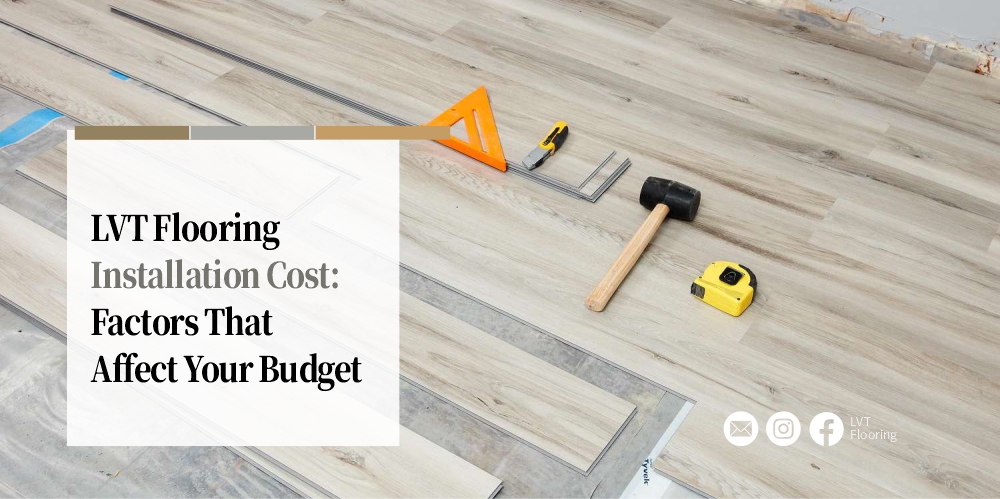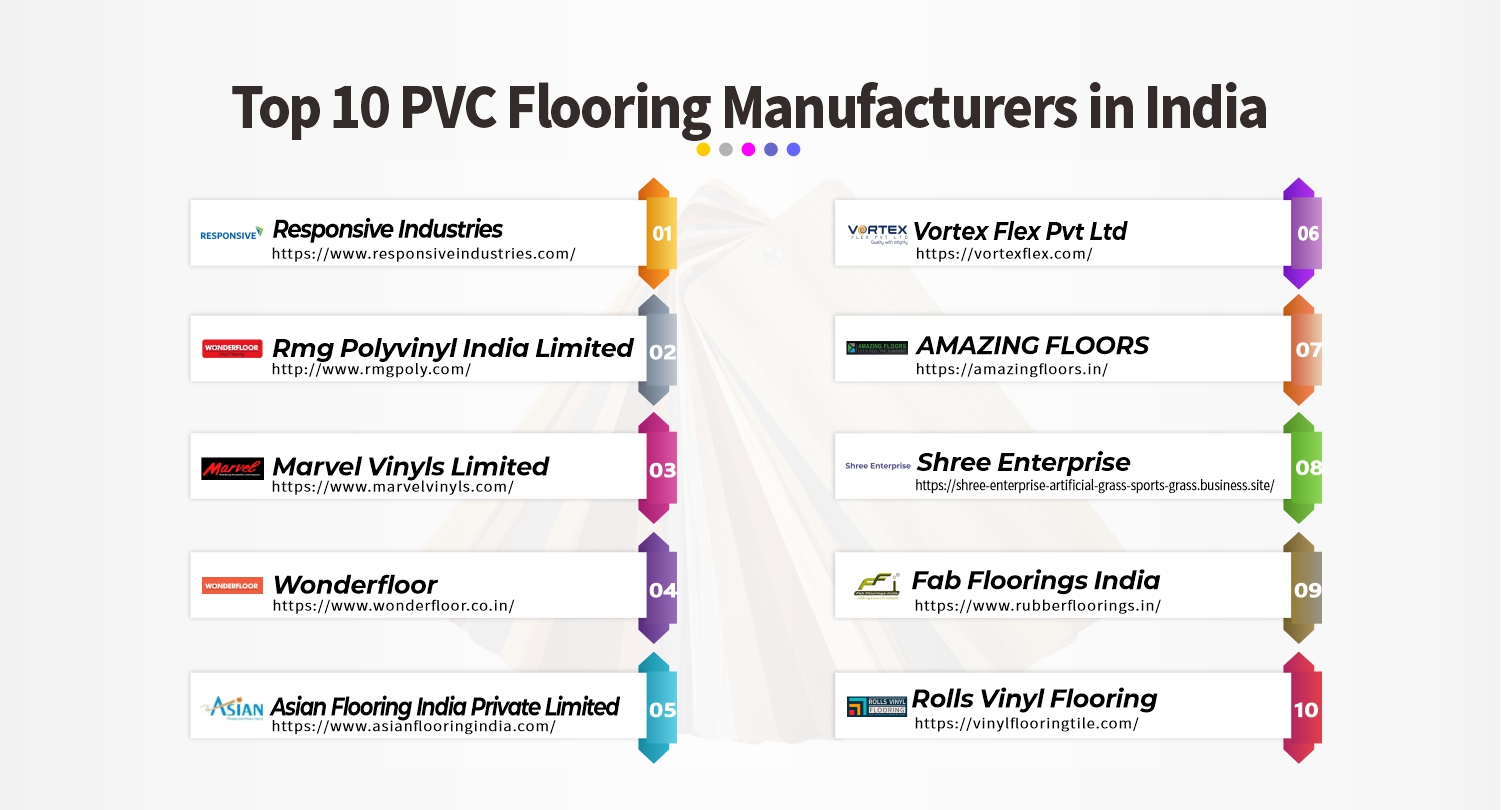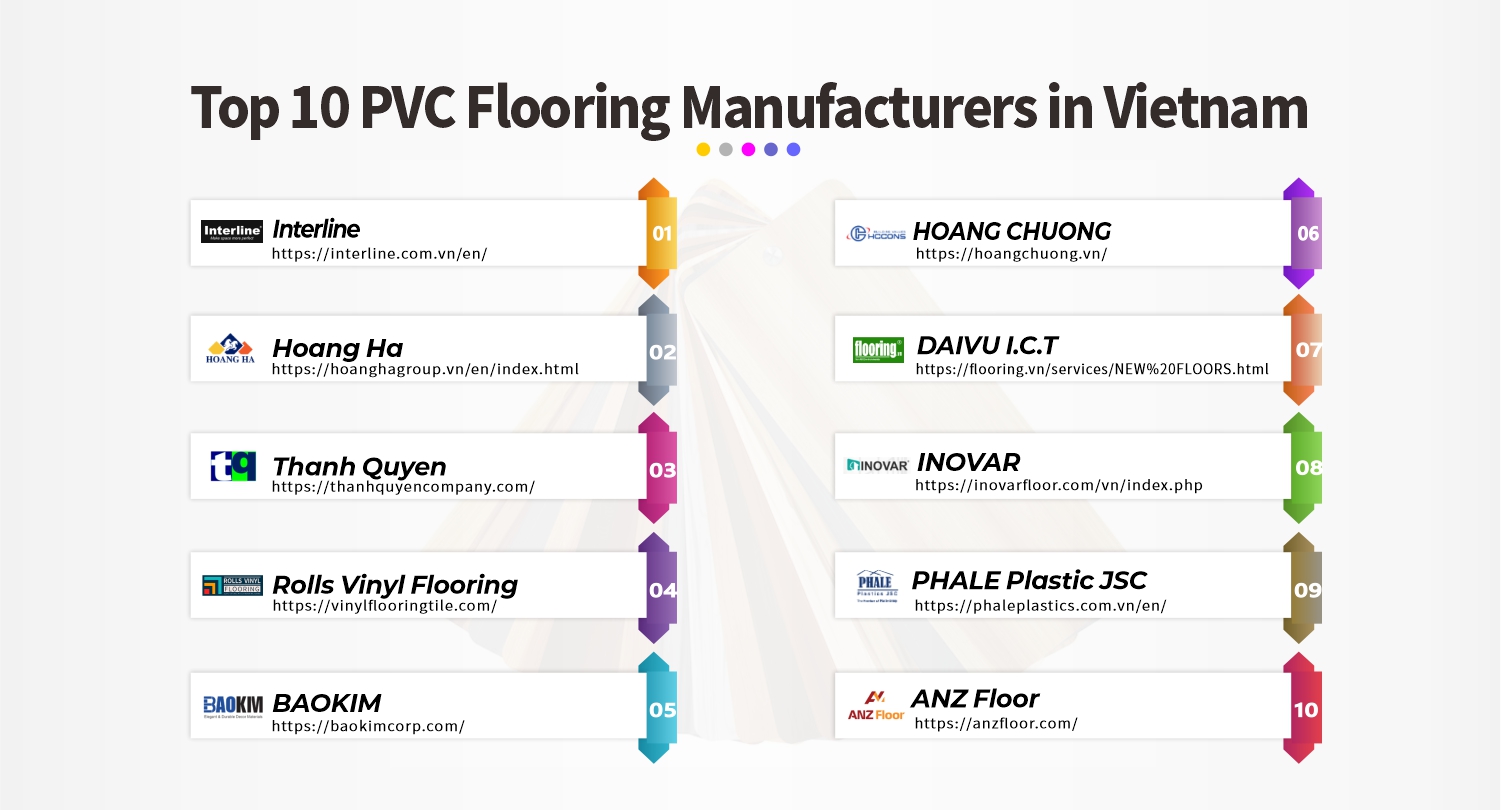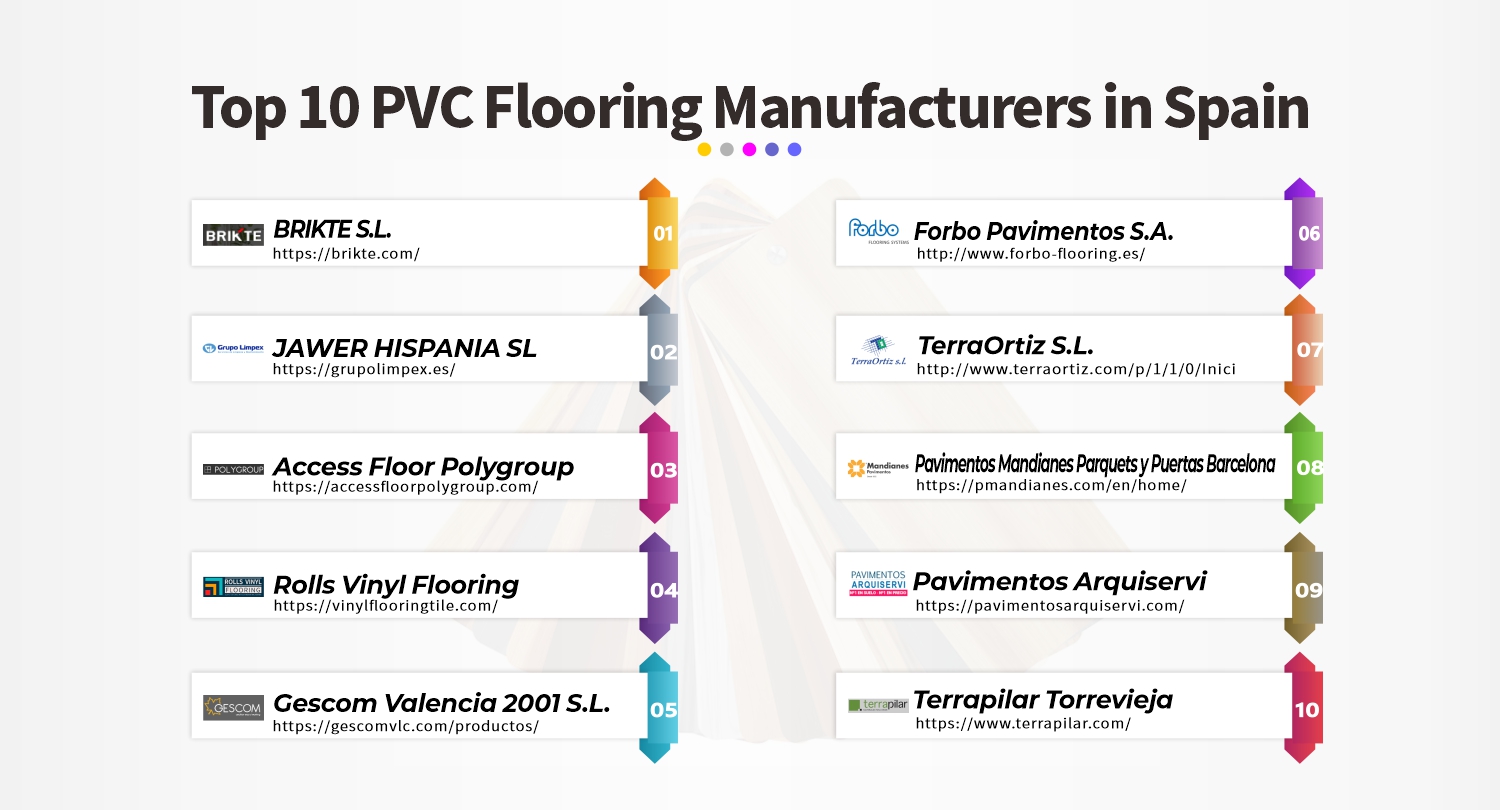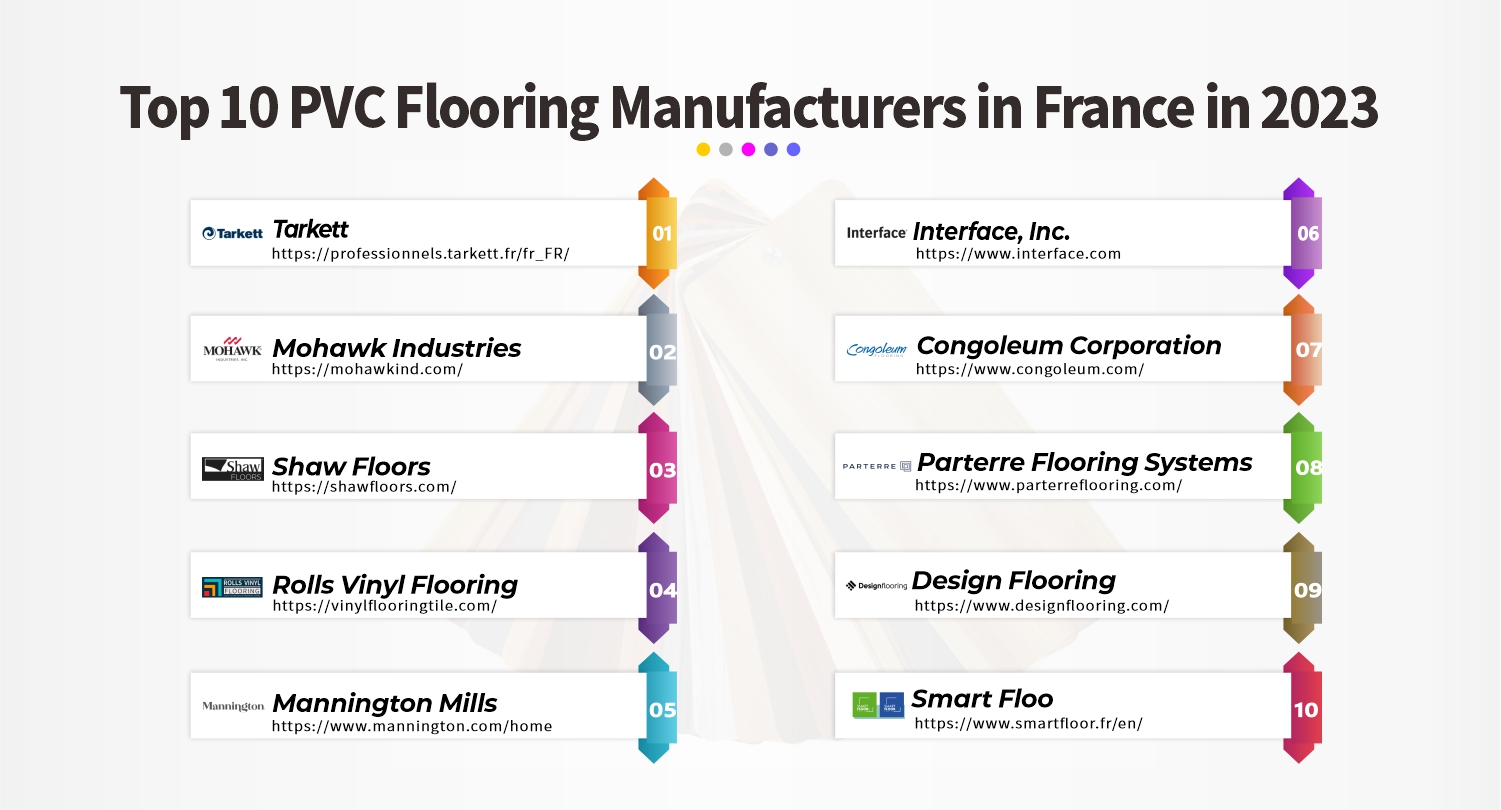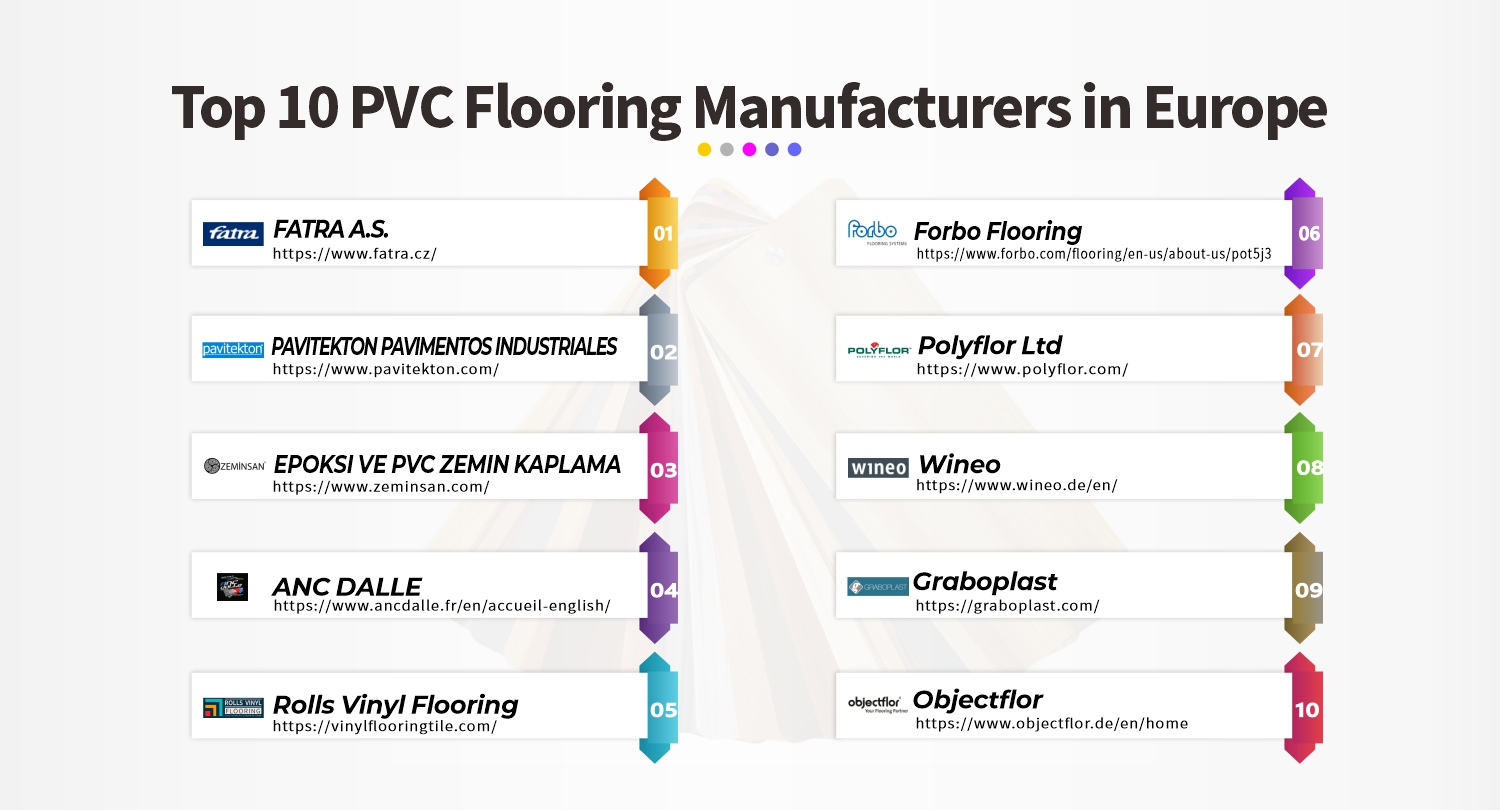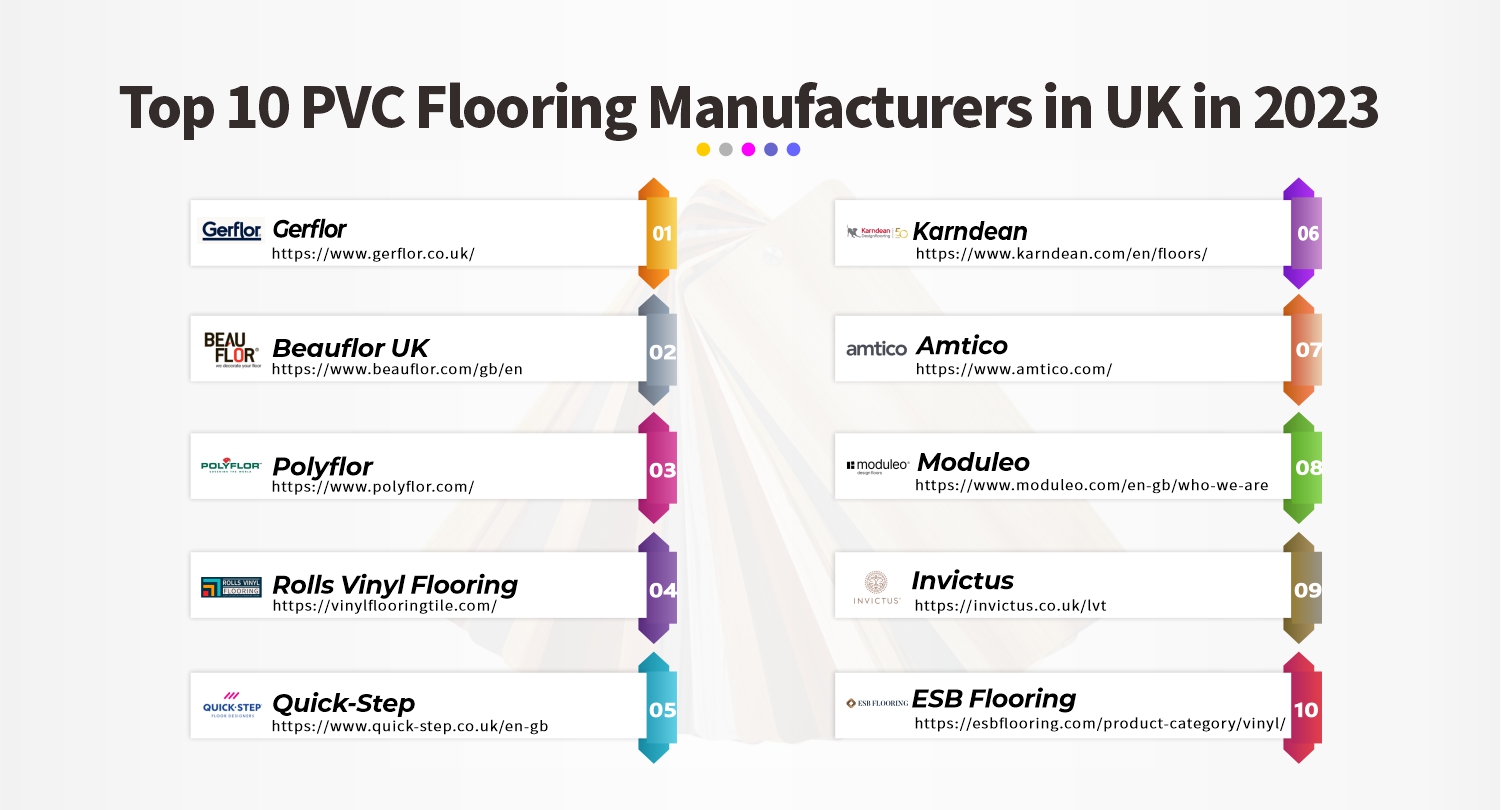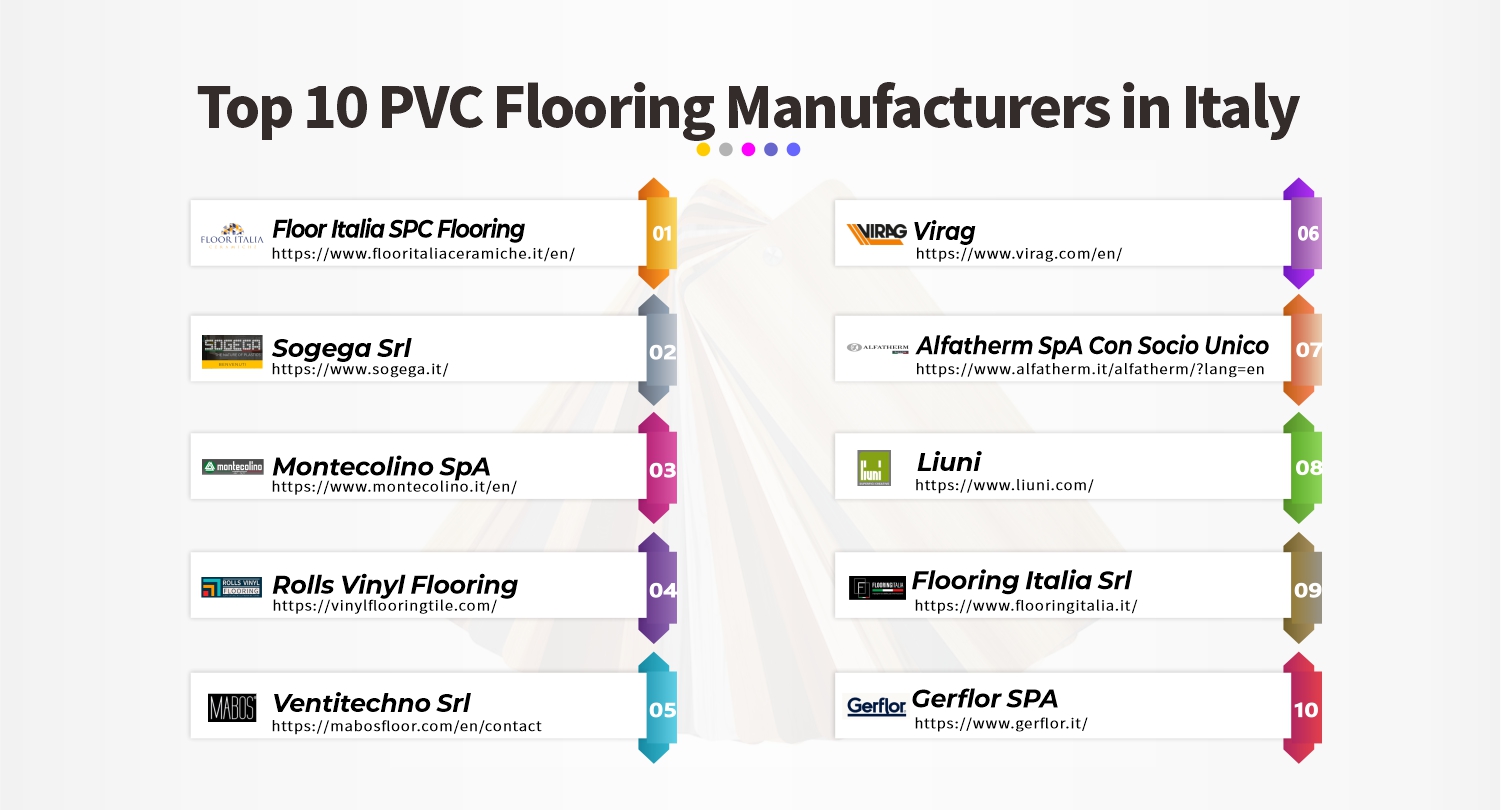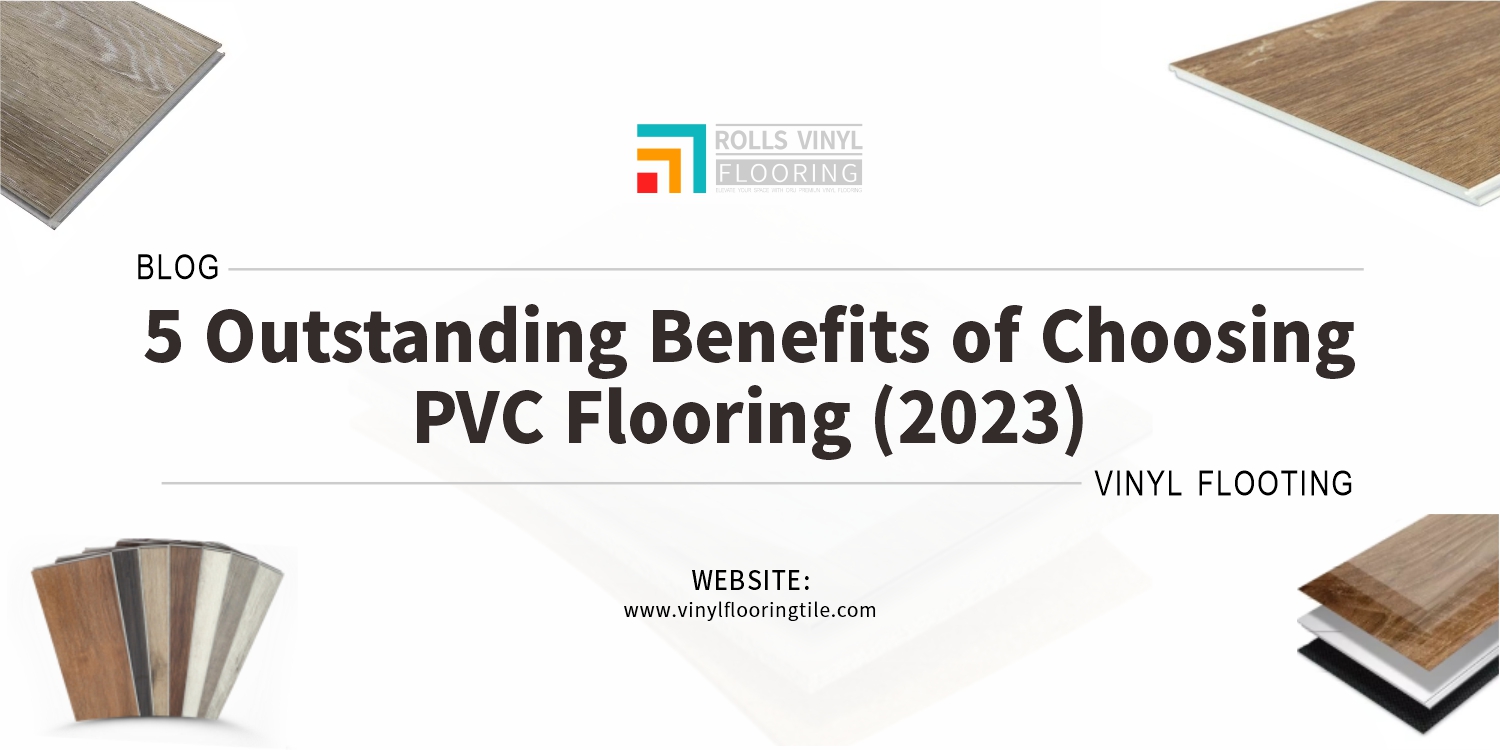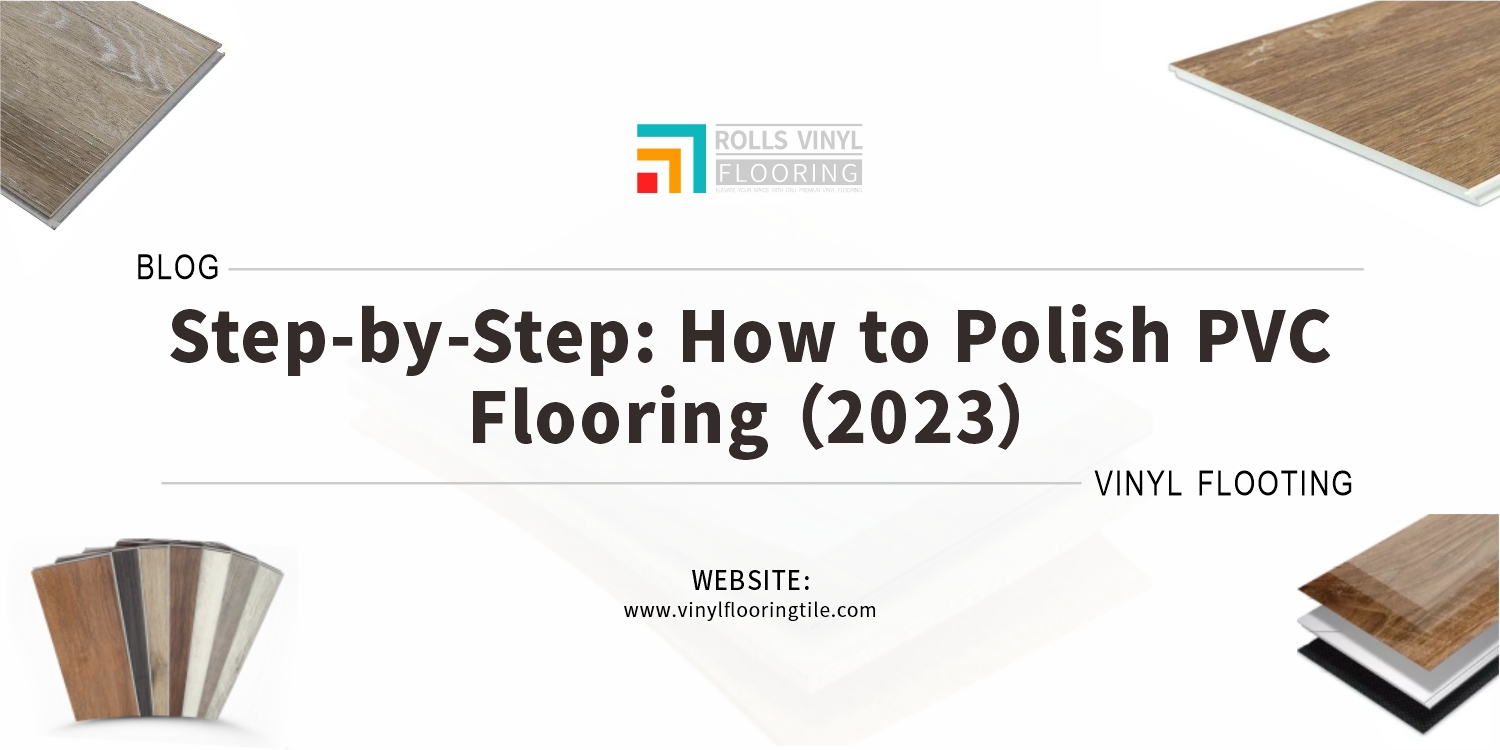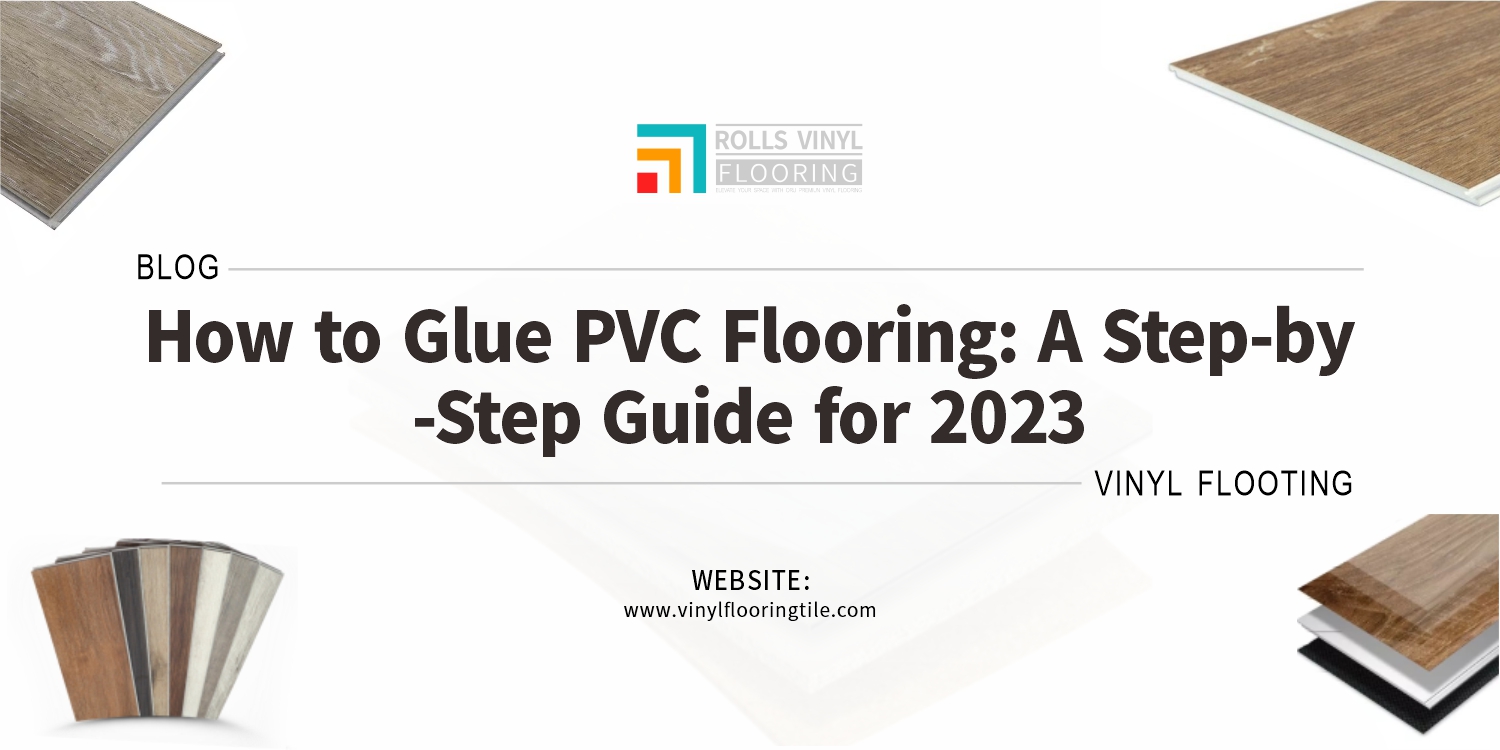LVT (Luxury Vinyl Tile) flooring has become an increasingly popular option for homeowners and businesses looking for a durable and stylish flooring solution. However, before you decide to install LVT flooring, it’s important to understand the costs involved. In this guide, we’ll take a closer look at the factors that affect LVT flooring installation costs and provide you with a comprehensive breakdown of the expenses you can expect to incur. Whether you’re planning a DIY project or hiring a professional installer, this guide will help you make informed decisions and stay within your budget.

Several factors can affect the cost of installing LVT flooring, including:
- Type of LVT flooring: The cost of LVT flooring can vary depending on the quality and brand of the product you choose. Higher-quality LVT flooring typically comes at a higher cost.
- Size of the project: The size of the area you need to cover with LVT flooring will impact the cost of installation. Larger projects require more materials and more labor, which can increase the overall cost.
- Subfloor preparation: The condition of your subfloor can impact the cost of installation. If your subfloor requires repair or leveling before LVT flooring can be installed, this can add to the cost of the project.
- Installation method: There are different installation methods for LVT flooring, such as glue-down or floating installation. The installation method you choose can impact the cost of installation.
- Labor costs: The cost of labor can vary depending on the experience and expertise of the installer, as well as the region in which you live.
- Additional materials and accessories: Depending on your project, you may need additional materials such as underlayment, transition strips, or adhesives, which can add to the overall cost.
| Factor | Purchasing Advice |
|---|---|
| 1. Quality of LVT | Choose a high-quality LVT that is durable and long-lasting, as this will save you money in the long run by reducing the need for repairs or replacement. |
| 2. Thickness of LVT | Choose a thicker LVT for areas with heavy foot traffic or where furniture will be moved around frequently. A thicker LVT will be more durable and less likely to dent or scratch, but may be more expensive. |
| 3. Size of room | The size of the room will affect the total cost of LVT flooring, as more materials and labor will be required for larger rooms. |
| 4. Type of installation | Different types of installation methods, such as glue-down, click-lock, or loose-lay, can affect the cost of LVT flooring installation. Choose an installation method that fits your budget and the specific requirements of your space. |
| 5. Subfloor preparation | If your subfloor requires preparation before installing LVT flooring, this can add to the overall cost of the installation. Be sure to factor in the cost of subfloor preparation when budgeting for LVT flooring. |
| 6. Labor costs | The cost of installation labor can vary depending on the location, complexity of the installation, and the experience of the installer. Get quotes from multiple installers to compare prices and find a competitive rate. |
| 7. Underlayment | Depending on the type of LVT flooring, you may need to purchase underlayment, which can add to the total cost of the installation. Be sure to factor in the cost of underlayment when budgeting for LVT flooring. |
| 8. Removal of old flooring | If you need to remove old flooring before installing LVT, this can add to the overall cost of the installation. Be sure to factor in the cost of flooring removal when budgeting for LVT flooring. |
| 9. Shipping costs | If you are purchasing LVT flooring online, be sure to factor in shipping costs when comparing prices from different retailers. Look for retailers that offer free shipping or discounts on large orders to save money. |
| 10. Warranties and guarantees | Consider the warranties and guarantees offered by LVT manufacturers and retailers. A longer warranty may be more expensive upfront, but can provide peace of mind and save you money in the long run by reducing the need for repairs or replacement. |
By considering these factors, you can get a better idea of the total cost of LVT flooring installation and budget accordingly.
Whether you’re renovating your home or upgrading your commercial space, LVT flooring is a popular choice that can provide durability, style, and versatility.In the rest of this guide, we’ll delve deeper into each of these factors to give you a comprehensive breakdown of LVT flooring installation costs and help you make informed decisions for your project.
Importance of knowing the cost of installation before purchasing
Knowing the hidden cost of installation, budgeting for installation, comparing installation costs, and potential cost savings before purchasing LVT flooring is crucial for several reasons:
- Helps with budgeting: Knowing the hidden costs of installation will allow you to create a more accurate budget for your flooring project. You’ll be able to identify the costs associated with installation, such as labor, tools, and supplies, and factor them into your overall budget.
- Allows for comparison: By comparing installation costs for different types of LVT flooring, you can identify the best value for your money. This will help you make an informed decision and ensure that you’re getting the most cost-effective option for your needs.
- Avoids surprises: By understanding all the potential costs involved in your flooring project upfront, you can avoid unpleasant surprises that could derail your project or leave you with unexpected expenses.
- Maximizes cost savings: Knowing the potential cost savings associated with different types of LVT flooring can help you make a more informed decision about which option to choose. You may be able to find a more cost-effective solution that provides similar performance and durability.
Overall, being aware of the hidden costs of installation, budgeting for installation, comparing installation costs, and potential cost savings will help you make a more informed decision about your LVT flooring purchase, ensuring that you get the best value for your money and avoid any unpleasant surprises along the way.
Factors Affecting LVT Flooring Installation Cost
The installation cost of LVT flooring is influenced by several factors, including:
- Square footage of the room: The size of the room is a significant factor in determining the cost of installation. The larger the room, the more material and time it will take to install the LVT flooring. Consequently, the installation cost will increase.
- Subfloor preparation: The condition of the subfloor is another essential factor that affects the installation cost. If the subfloor needs to be repaired or leveled before installation, this will add extra time and materials to the installation process, increasing the overall cost.
- Type of LVT flooring chosen: The type of LVT flooring chosen will also affect the installation cost. Some types of LVT flooring, such as luxury vinyl tile planks with a locking mechanism, are easier to install and require less time and labor than others.
- Complexity of installation: The complexity of the installation process is another factor that affects the cost. If the installation requires intricate cutting around obstacles or the installation of patterns or borders, this will take more time and increase the overall cost of installation.
In summary, the cost of installing LVT flooring is determined by various factors, including the square footage of the room, subfloor preparation, the type of LVT flooring chosen, and the complexity of the installation. It is essential to consider all of these factors when estimating the cost of your LVT flooring project to ensure that you have an accurate budget and avoid any unexpected costs.

Cost Breakdown of LVT Flooring Installation
The cost breakdown of LVT flooring installation includes several factors, such as:
- Average cost per square foot for installation: The average cost per square foot for installing LVT flooring varies depending on the location, type of LVT flooring, and complexity of the installation. Generally, the installation cost ranges from $2 to $6 per square foot. This cost includes the installation of the LVT flooring material, labor costs, and any additional materials needed for the installation.
- Cost of subfloor preparation: Subfloor preparation is an essential part of LVT flooring installation. The cost of subfloor preparation includes any repairs or leveling needed to ensure a smooth and even surface for the LVT flooring. The cost of subfloor preparation varies depending on the condition of the subfloor and the extent of the repairs needed. On average, the cost of subfloor preparation ranges from $0.50 to $2 per square foot.
- Additional costs: There may be additional costs associated with LVT flooring installation, such as the removal of old flooring or baseboards. These costs depend on the type and condition of the existing flooring and the size of the room. The cost of removing old flooring or baseboards ranges from $0.50 to $2 per square foot.
It is essential to consider all of these factors when estimating the cost of LVT flooring installation. The cost breakdown will help you understand where the majority of the costs are going and identify areas where you may be able to save money. By considering all of these factors, you can create a more accurate budget and ensure that you are getting the best value for your money.
DIY vs Professional Installation
| Factor | DIY Installation | Professional Installation |
|---|---|---|
| Cost | + Can save money on installation costs | – Professional installation can be expensive |
| Time | + Can be done on your own schedule | – Professional installation can be quicker |
| Experience | – Requires some DIY skills and experience | + Professional installers have experience and expertise |
| Quality | – Quality of installation may be lower without professional equipment or expertise | + Professional installation ensures high-quality work |
| Warranty | – DIY installation may void manufacturer warranties | + Professional installation often comes with a warranty or guarantee |
| Safety | – DIY installation can pose a safety risk if not done properly | + Professional installers are trained in safety and have proper equipment |
| Tools | – DIY installation requires purchasing or renting tools | + Professional installers have all necessary tools |
| Complexity | + Simple installations can be done by DIYers | – Complex installations may require professional expertise |
| Subfloor | – DIY installation may not properly address subfloor issues | + Professional installers can address and prepare subfloors as needed |
| Aesthetics | – DIY installation may result in an imperfect finish or uneven planks | + Professional installation ensures a consistent and aesthetically pleasing finish |
Pros and cons of DIY installation
There are several pros and cons of DIY LVT flooring installation.
Pros:
- Cost savings: The primary advantage of DIY LVT flooring installation is cost savings. By doing the installation yourself, you can save money on labor costs.
- Sense of accomplishment: Many people enjoy the sense of accomplishment that comes with completing a DIY project. Installing LVT flooring can be a satisfying experience that allows you to see the results of your hard work.
- Flexibility: DIY installation allows you to work at your own pace and on your schedule. You don’t have to worry about coordinating with a professional installer or working around their schedule.
Cons:
- Risk of mistakes: DIY installation carries the risk of making mistakes that can compromise the integrity and appearance of the flooring. This can lead to additional expenses to repair or replace the flooring.
- Time-consuming: LVT flooring installation can be a time-consuming process, especially for those who are not experienced. DIY installation can take longer than professional installation and can disrupt daily life if the room is unusable during installation.
- Lack of expertise: Professional installers have experience and training that allows them to handle a variety of flooring situations. Without this expertise, a DIY installer may overlook important factors that could impact the quality and longevity of the flooring.
In summary, DIY LVT flooring installation can save money and provide a sense of accomplishment, but carries the risk of mistakes and can be time-consuming. It is important to weigh the pros and cons and assess your skills and expertise before deciding whether to proceed with DIY installation or hire a professional installer.
Benefits of hiring a professional installer
Hiring a professional LVT flooring installer has several benefits, including:
- Expertise: Professional installers have the expertise and training to handle various flooring situations, including subfloor preparation, installation techniques, and cutting and fitting around obstacles. They can ensure that the flooring is installed correctly, efficiently, and safely.
- Time-saving: Professional installers can complete the installation process more quickly than a DIY installation. This means less disruption to your daily life and the ability to use the room sooner.
- Quality workmanship: Professional installers have the tools and experience to deliver high-quality workmanship. They can ensure that the flooring is installed correctly and will last for years to come.
- Access to resources: Professional installers have access to a variety of resources, including specialized tools, materials, and techniques that can improve the installation process and the finished product.
- Guarantees and warranties: Many professional installers offer guarantees or warranties for their work. This means that if there are any issues with the installation, they will be addressed and resolved promptly.
Overall, hiring a professional LVT flooring installer can provide peace of mind and a high-quality finished product. They have the expertise, resources, and guarantees to ensure that the installation process is efficient, and safe, and produces a durable and aesthetically pleasing finished product.
Estimated cost savings for DIY installation
The estimated cost savings for DIY LVT flooring installation can vary depending on several factors such as the size of the room, the complexity of the installation, and the level of expertise of the DIY installer. However, it is generally assumed that DIY LVT flooring installation can save you between 30% to 50% on the total cost of installation.
For example, suppose the average cost of professional installation of LVT flooring is $4 per square foot, and you need to install LVT flooring in a room that measures 300 square feet. In that case, the estimated cost of professional installation would be $1200. However, if you choose to install the flooring yourself, you could save between $360 to $600 on installation costs.
It’s important to note that while DIY installation can save you money, it also carries risks, such as the potential for mistakes that could lead to additional expenses to repair or replace the flooring. It’s important to carefully consider your skills and experience before deciding to proceed with a DIY installation.

In conclusion, several factors can affect the cost of installing LVT flooring in your home or commercial space. The size of the area, the complexity of the installation, the type of LVT flooring, the condition of the subfloor, and the labor costs are all factors that can impact the final cost.It’s important to consider all of these factors when budgeting for your LVT flooring installation project to ensure that you get a realistic estimate of the total cost.

